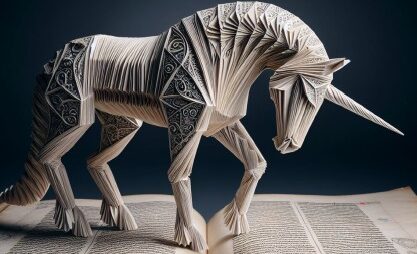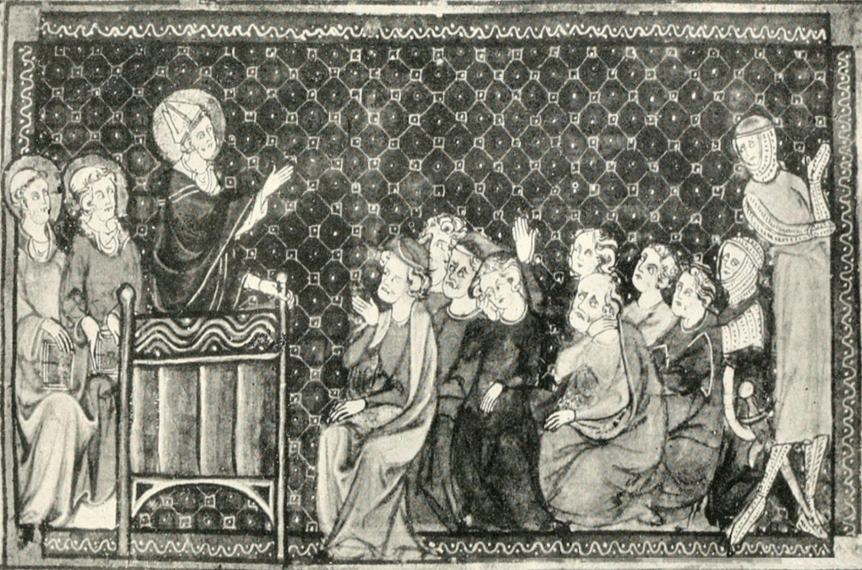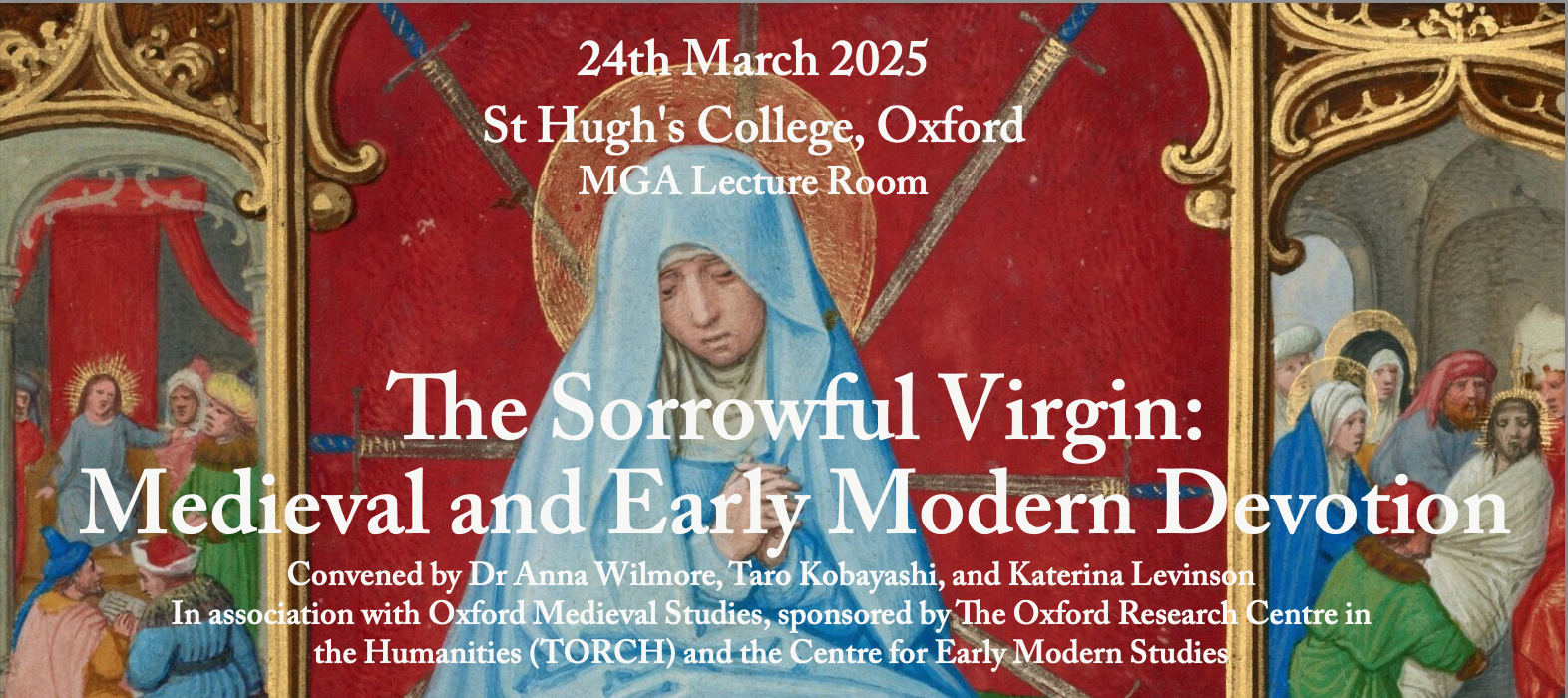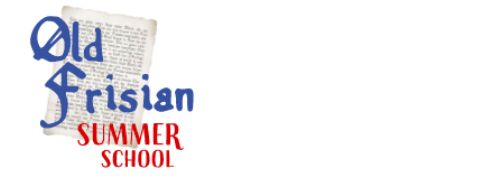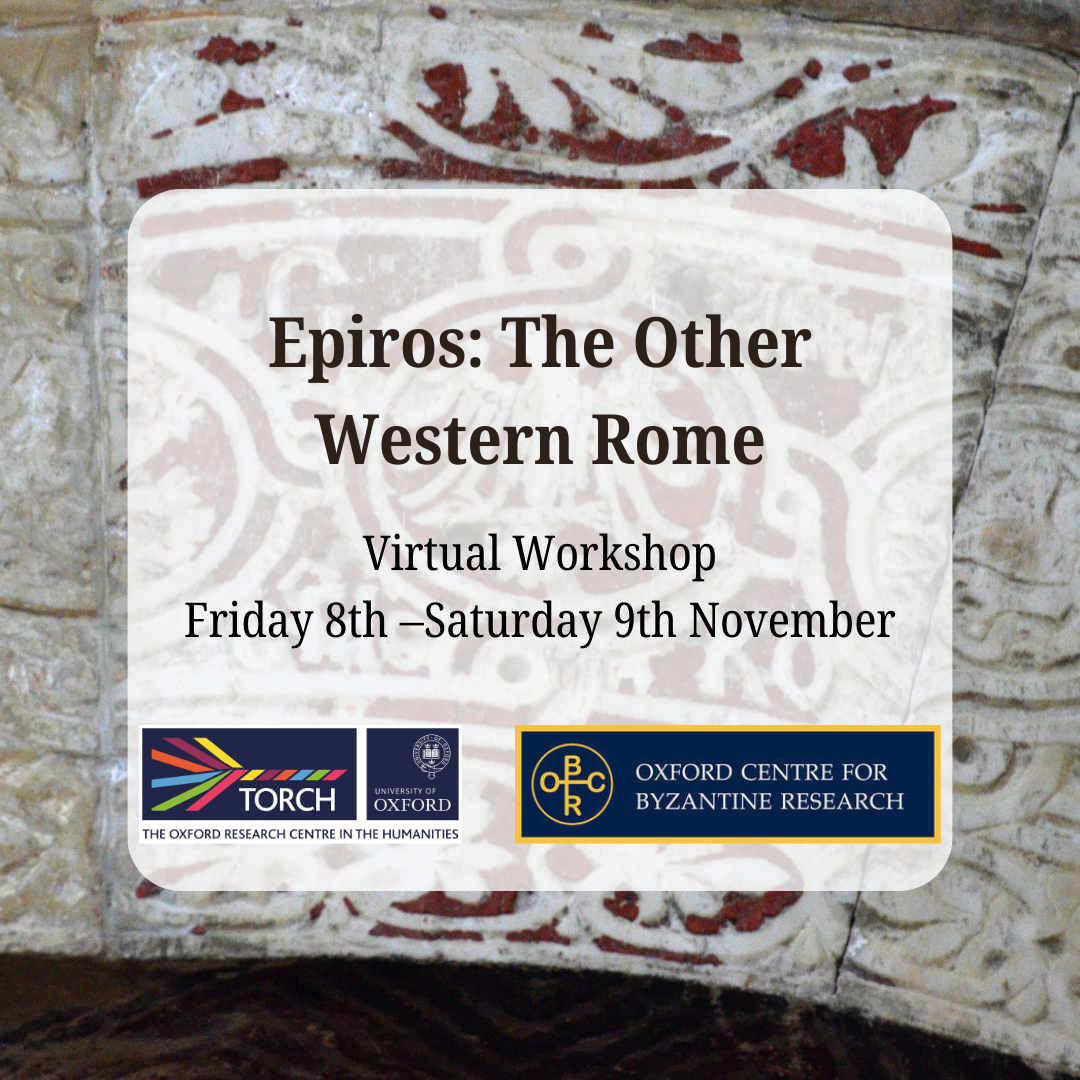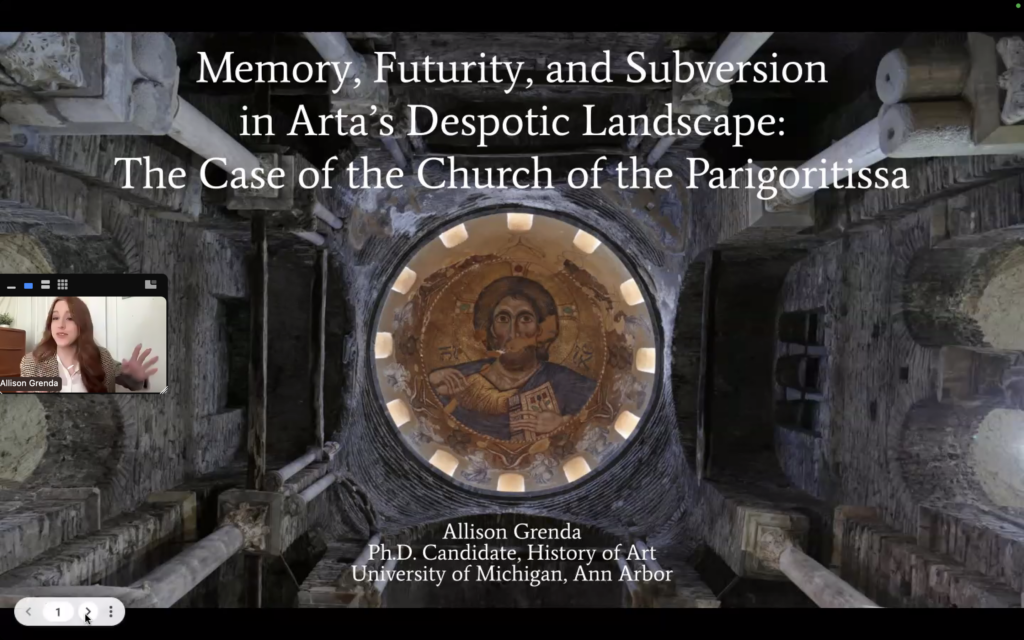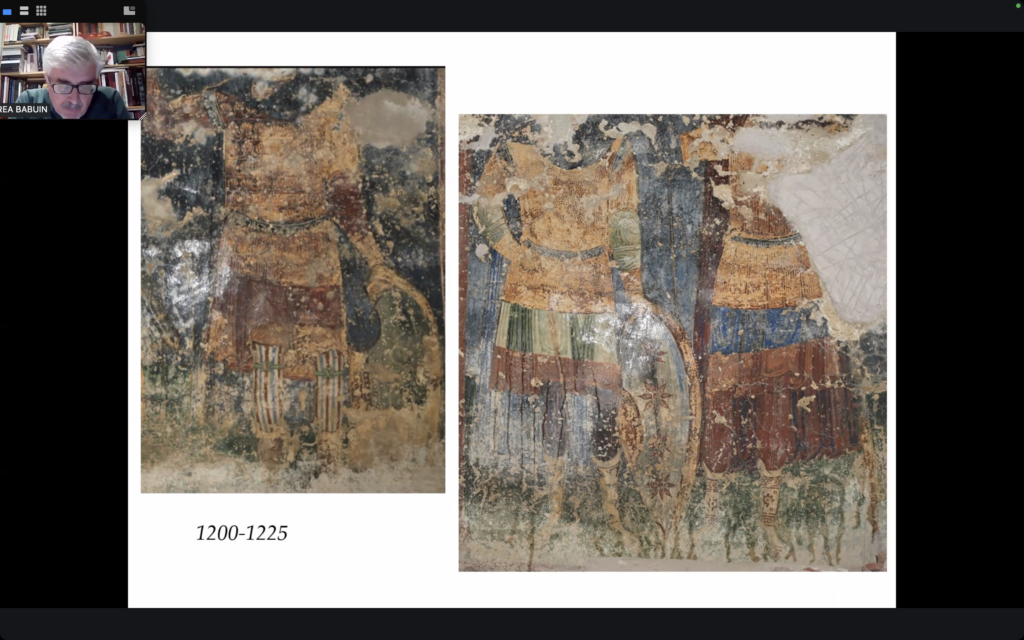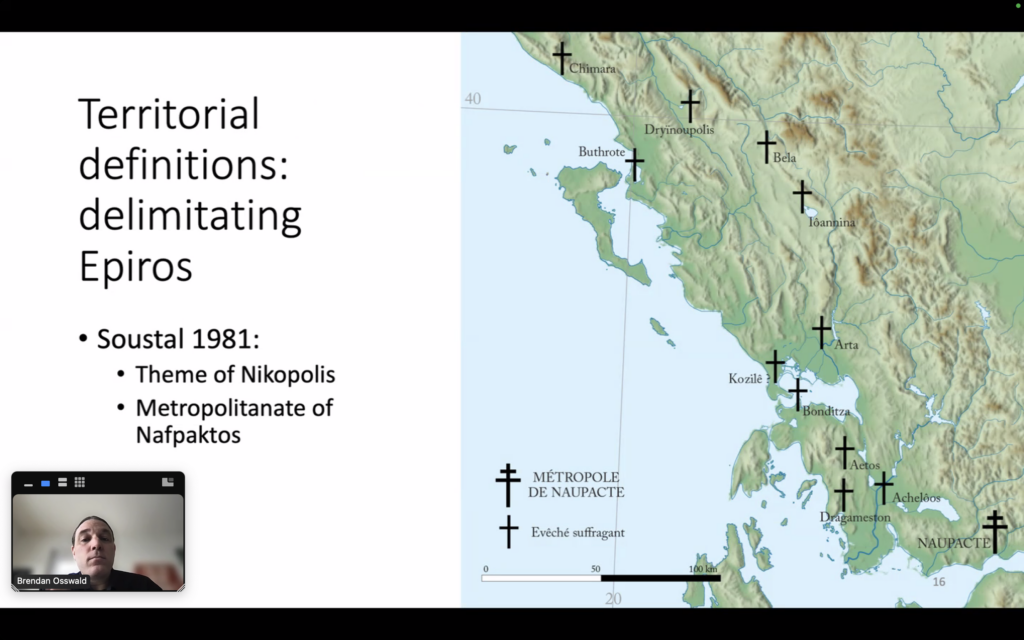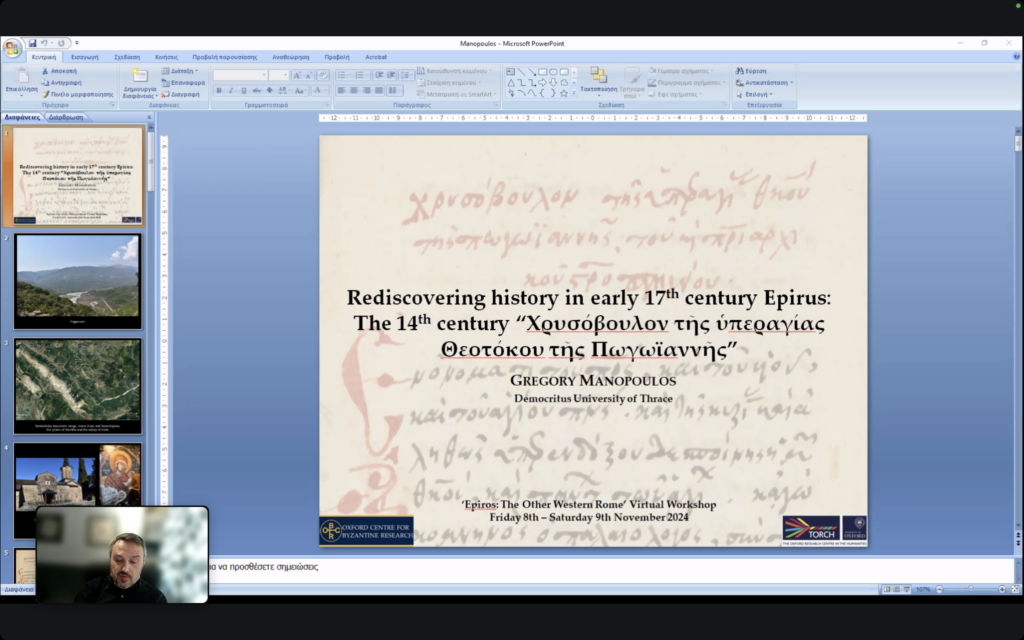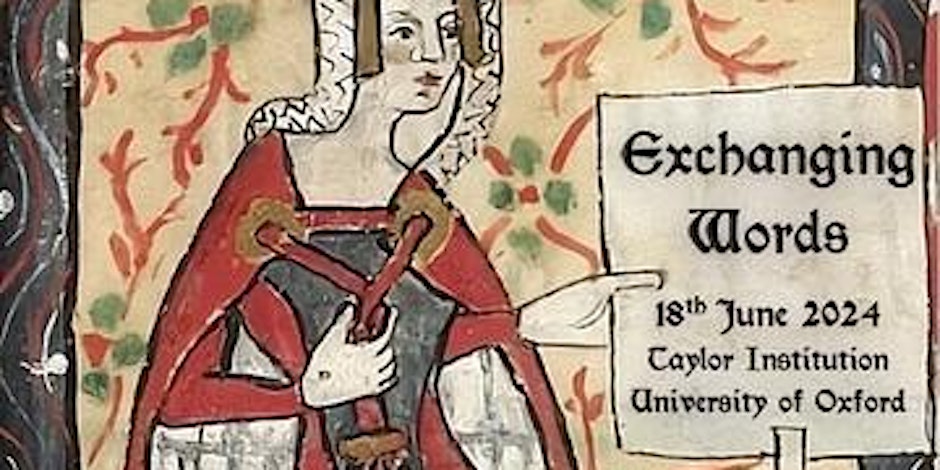Register at https://form.jotform.com/252734707575364 to attend the conference and workshops (online or in person ) and to view the videos
NB: All times on the programme are GMT / UK Time
Join leading pre-modernists and technologists from around the world at Ars Inquirendi, 4th-7th December 2025 (online / St Edmund Hall, Oxford ), to explore how Large Multimodal Models like Claude, ChatGPT and Gemini – massive, humanly conversant assimilations of learning – are transforming pre-modern studies, and how to use them in your own research.
Format: the first three days are entirely online. Presentations will be pre-released in late November via the Oxford Medieval Studies website, with the live sessions devoted to discussion, and held in the UK afternoon to maximize participation from around the world. The hybrid workshops on Days 3 & 4 are live.
***
Day 1 (Thursday, 4th December) – A New Age of Pre-Modern Inquiry. In his opening keynote, Maurizio Forte unfolds how AI is transforming the conditions of archaeological knowledge, enabling archaeologists to rethink, reconstruct and even simulate the pre-modern world. From the evolution of ancient societies to the relations of minds and artifacts, humans and environments, he surveys emerging techniques such as agent-based reconstruction of cultural transitions, and neuroaesthetic analyses of gaze and visual attention. The following panel, Creating Research Machines with LMMs, gathers varied technologists and humanists to compare how they are already building working research systems using LMMs – and how even modest inputs can yield disproportionately large results.
| 12.30pm GMT | (we will be replaying the day’s pre-recorded presentations on the conference zoom channel) |
| 2.30pm GMT Stephen Pink, Henrike Lähnemann and Anthony J. Lappin | Welcome |
| 2.40pm GMT Maurizio Forte (Duke) | Opening Keynote (live): Rethinking the Past: An AI Perspective in Archaeology |
| Abstract: Archaeology, traditionally reliant on material traces and contextual interpretation, is now engaging AI to simulate the evolution and transformation of ancient societies, to generate new scenarios, and to study the relationships between minds and artifacts, humans and environments. This keynote offers a methodological overview of emerging research questions and applications across different periods, from agent-based reconstructions of cultural transitions to machine learning and neuroaesthetics applied to the analysis of gaze, attention, and affordances in art and architecture. Together, these approaches demonstrate that AI is not only a technical instrument but also a new epistemic partner. By integrating computation with contextual interpretation, AI enables us to rethink both the past itself and the conditions of archaeological knowledge in the twenty-first century. | |
| 3.45pm GMT Respondent: Roger Martinez-Dávila (University of Colorado) | Response and Questions on Keynote and the following talks (pre-released on 28th November): |
| Mark Faulkner & Elisabetta Magnanti (TCD), Evaluating LLM Performance on NLP Tasks for Old English: Towards Philological Benchmarks | 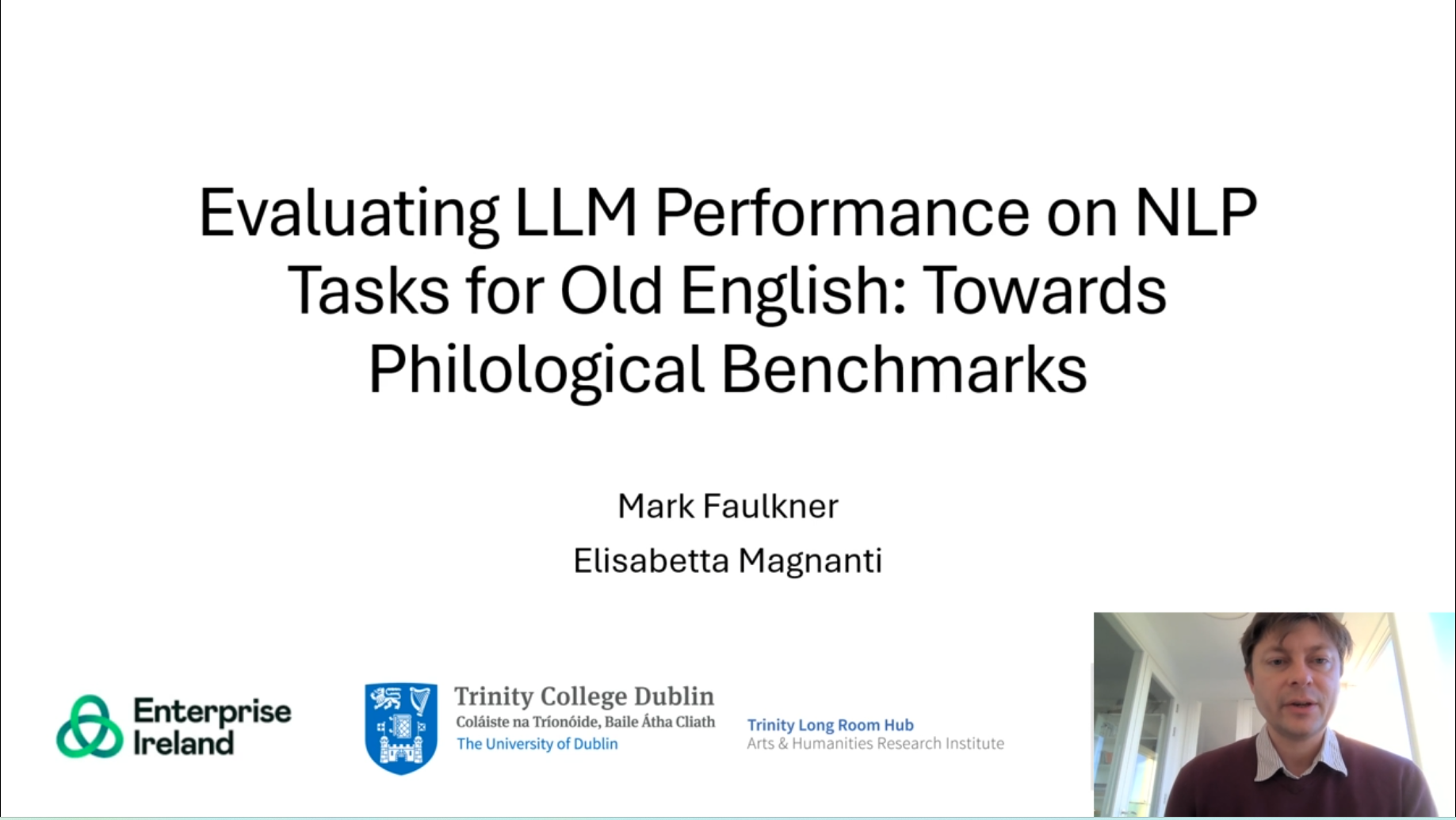 Register to Watch Now ! |
| Stephen Pink, The Graphom Project: A Preliminary Atlas of Pre-Modern Written Sources | 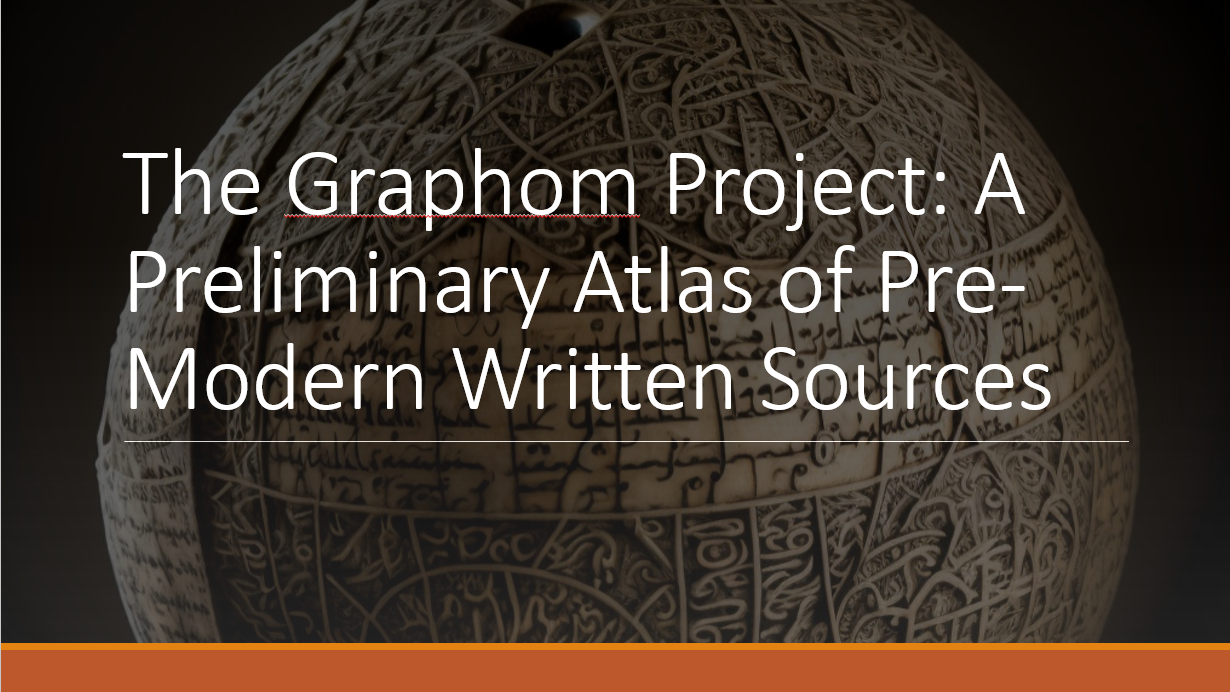 Register to Watch Now ! |
| 5.15pm | Break |
| 5.30pm GMT Chair: Maurizio Forte (Duke) | Roundtable. Creating Research Machines with LMMs, I All participants above, with Laura Morreale (Harvard), Achim Rabus (Freiburg) |
| End c. 7pm GMT | |
***
Day 2 (Friday, 5th December) – LMMs and / as the Archive. Our first panel exposes the unprecedented opportunities and challenges for using the technology with archival materials and records – how can one document and trust LMM records in the same fashion as those generated by people? The second panel asks what it means for LMMs themselves to be the archive. Almost automatically, such models infer a pre-modern Graphosphere: the Old World’s totality of scratched, daubed, written, and otherwise inscribed artifacts, extant and destroyed. Yet only a fraction of what survives is imaged, let alone readable by LMMs —and that survival itself is only a fraction of what once existed. How can an LMM usefully know the pre-modern? From there, we turn to what a realised Graphosphere might enable by mapping what exists and is missing: from guiding the allocation of scant human and financial resources, and correcting long-term historical biases; to opening wholly new fields of scholarship.
| 12.30pm GMT | (we will be replaying the day’s pre-recorded presentations on the conference zoom channel) |
| 2.30pm Chair: Stephen Pink | Response and Questions on the following talks (pre-released on 28th November): |
| Madeline Rose (TCD) (Re-) Structuring the Catalogue: Limitations and Design Strategy for Applying LLMs to Medieval Manuscript Catalogues | 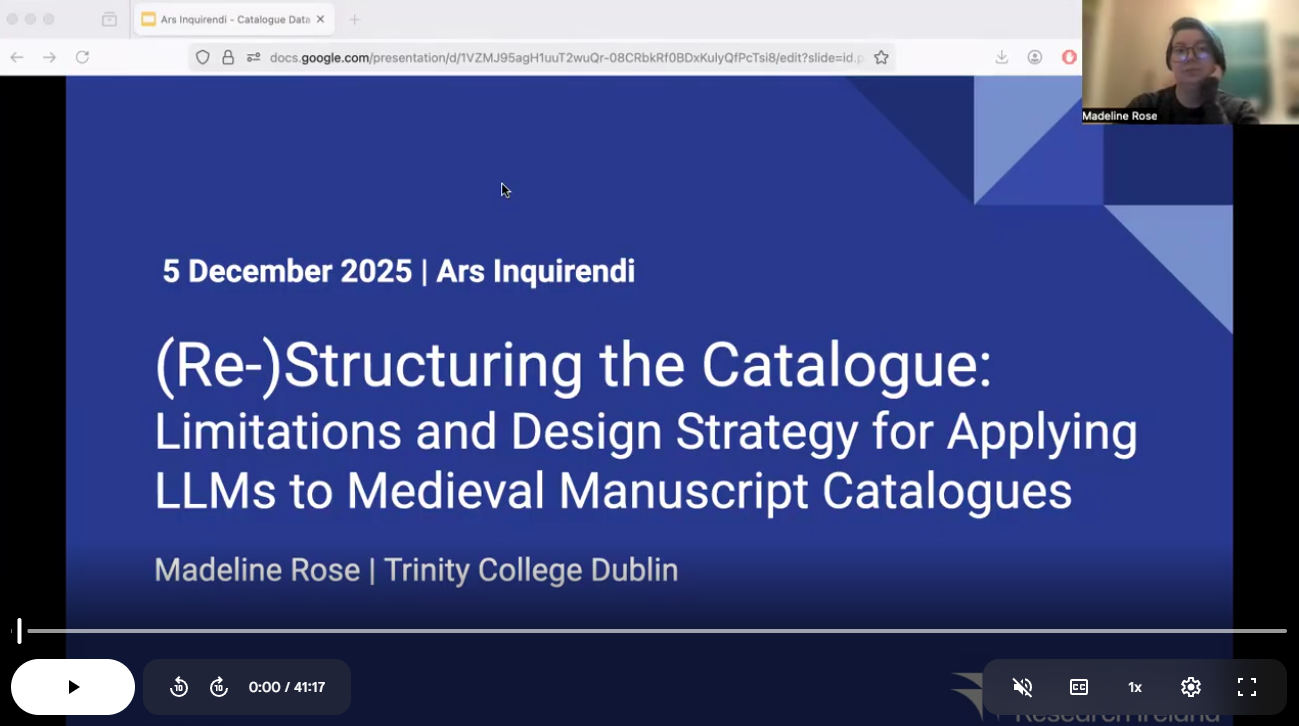 Register to Watch Now ! |
| Achim Rabus (Freiburg): Visual Language Models and Traditional HTR for Multilingual Handwritten Text | 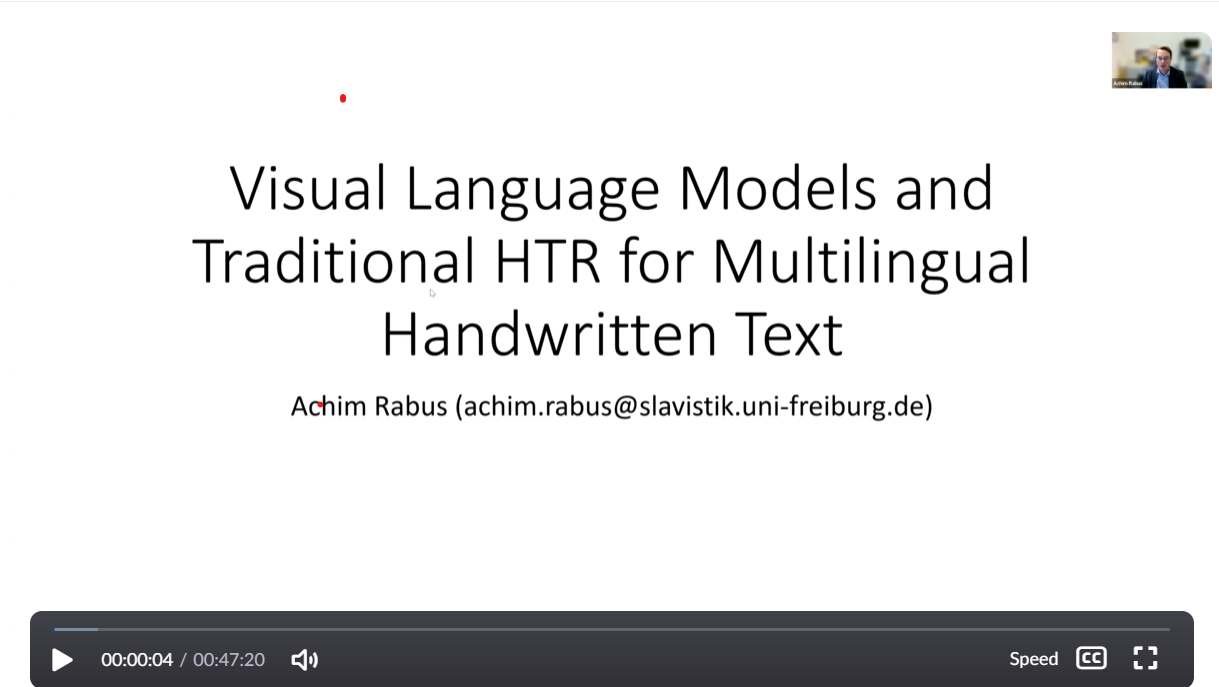 Register to Watch Now ! |
| Dmitri Sitchinava (Potsdam), ‘Birchbark letters: the case of complex fragmented texts calling for LLM reconstruction’ | 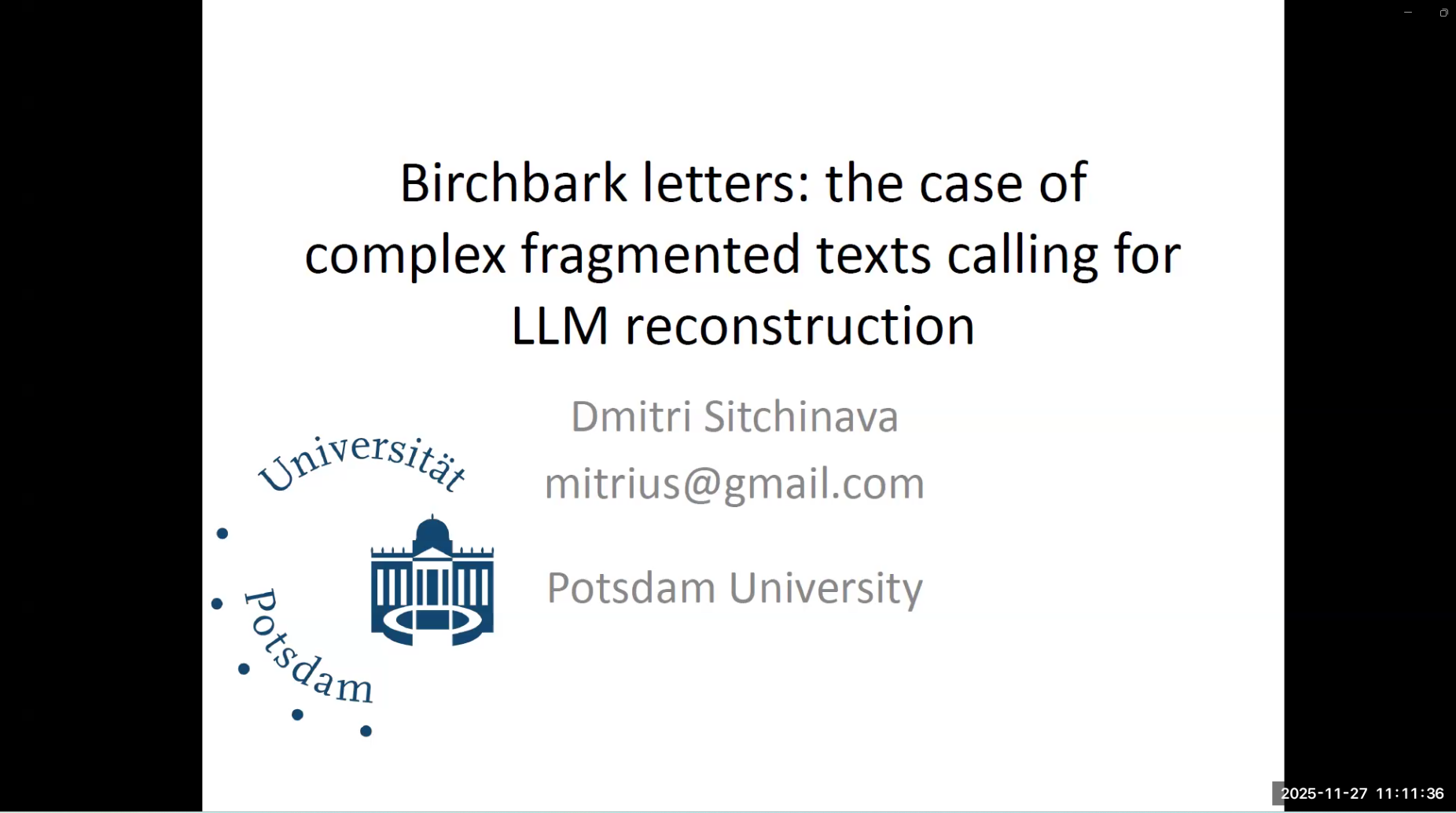 Register to Watch Now ! |
| 4pm | Break |
| 4.30pm – 6pm GMT. Chairs: Anthony J. Lappin and Roger Martínez-Dávila | Roundtable. LMMs as Archive All participants above, joined by Peter B. Kaufman (MIT), Laura Morreale (Harvard), and Elaine Treharne (Stanford) |
| Imagine a pre-modern graphosphere: an LMM-inferred reconstruction of the totality of the Old World’s scratched, daubed, written, and otherwise inscribed artifacts – extant and destroyed – before the dominance of movable type. LMMs are already, almost automatically, inferring such a thing. Yet its likely centrality to future research also exposes the profound inadequacy of the current pre-modern LMM archive – that is, of the material on which these models train. This “archive” differs radically from an LMM’s usual training data. It is not the totality of printed matter (excluded by our definition of the pre-modern), nor of born-digital texts and images to which LMMs typically enjoy unfettered access. Instead it consists of the tiny fraction of extant pre-modern materials that have been transcribed or even just imaged – although most writing remains untranscribable by machine – in every case mediated by twenty-first-century technology and data forms. And the extant archive is only a fraction of what once existed. The first part of the panel examines this predicament: how the structure of digital availability shapes what AI can usefully “know” of the pre-modern world, and how technologies such as machine transcription are working to improve that structure. The second part turns to the opportunities even at this foundational phase: how LMMs can help map what exists and what is missing, guide digitisation priorities for funders, correct long-term biases in the historical record, and lay the ground for new insights, such as tracing the evolution – or polygenesis – of ideas and cultures across regions of the Old World and beyond. | |
****
Day 3 (Saturday, 6th December) – Emergent Properties. We explore the unpredictable behaviours that appear as LMMs become more complex – above all, their apparent intellectual and aesthetic creativity. In his keynote, Roger Martínez-Dávila presents an AI-powered simulation of a fifteenth-century Castilian city, Plasencia, which resolved a civic dispute through an unforeseen strategy—one unattested in the sources yet historically plausible. The following panel broadens the discussion to ask what these behaviours mean for history, interpretation, and knowledge itself.
| 11am-1.45pm GMT (lunch provided) Peter Broadwell, Simon Wiles (Stanford) & Katherine McDonough (Lancaster) Introduction to Computational Map Studies with MapReader | Workshop (live: online / Doctorow Hall, St Edmund Hall). Explore MapReader, a powerful toolkit for analysing historical maps – ideal for anyone interested in spatial humanities, cartography, or visual datasets. |
| 1.45pm GMT . Tour of St Edmund Hall led by Henrike Lähnemann | 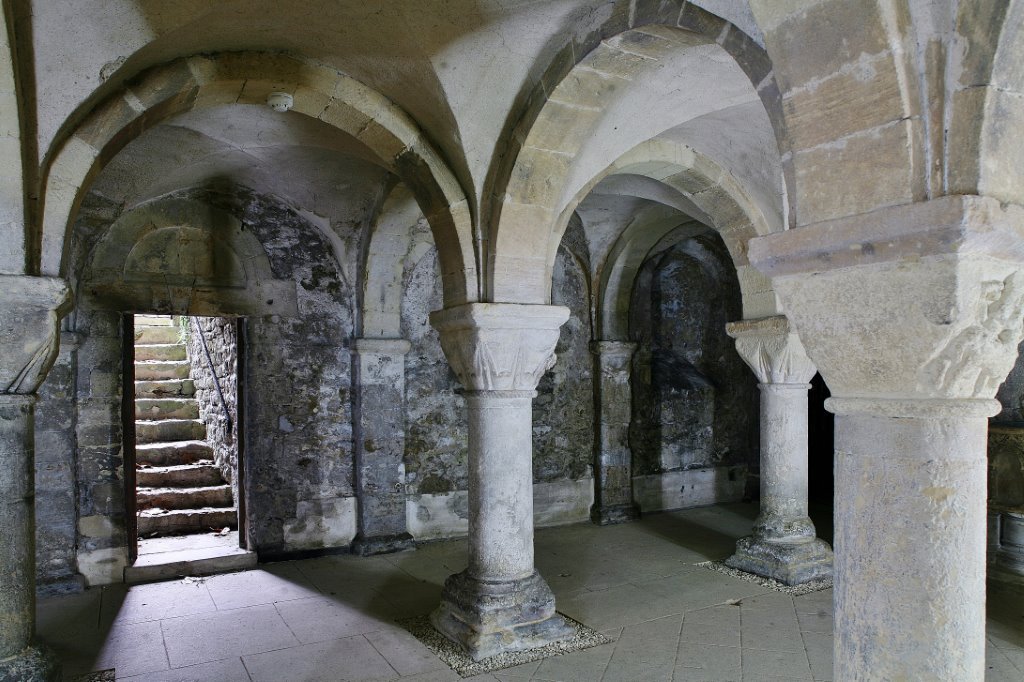 |
| The rest of the day’s programme is entirely online | |
| 1.45pm GMT | (we will be replaying the day’s pre-recorded presentations on the conference zoom channel) |
| Roger Martinez-Dávila (University of Colorado) Keynote. When Players Rewrite History: Gameworlds, LMMs, and Alternative Medieval Scenarios Available to watch now. Keynote will be replayed at 2.30pm GMT. | 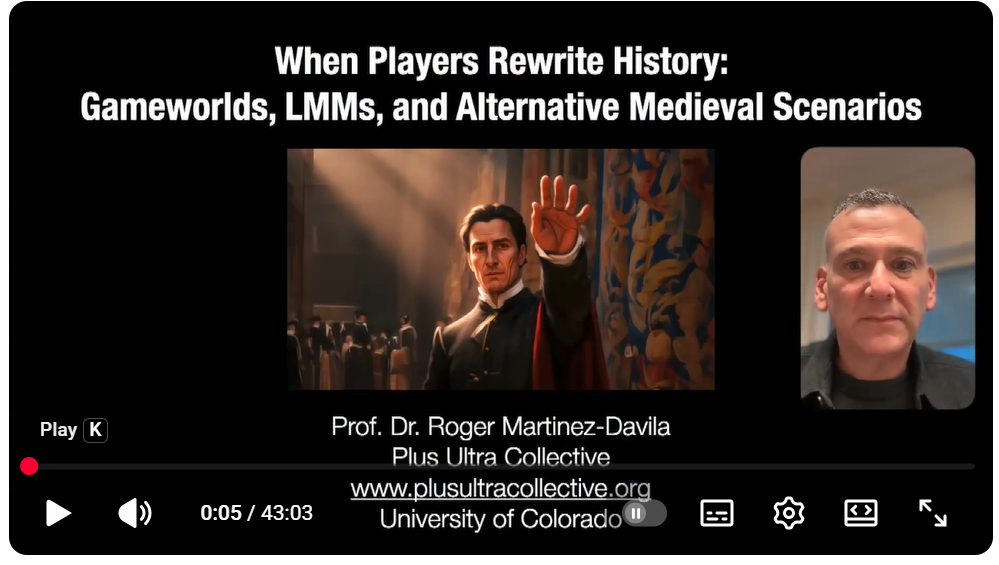 Register to Watch Now ! |
| Abstract: In this keynote I’ll present Virtual Plasencia v4.0: The Medieval Vines of Three Religions, an AI-powered simulation of a fifteenth-century Castilian city, modeling its social, religious, and economic networks. In a course test run, a student team resolved a dispute involving a senorial lord, civic council, and bishop in an unforeseen way—one not attested in primary sources—yet arrived at the same result. Their novel strategy hints at a plausible but unrecorded historical pathway. I’ll analyse this surprise and propose that AI simulations like Virtual Plasencia v4.0 function not as rigid reconstructions, but as speculative spaces where LMM-driven agents can explore trajectories beyond the constraints of archival silence. | |
| 3.30pm GMT Respondent: Anthony J. Lappin | Response and Questions to Keynote and Following Talks (pre-released 28th November) |
| Anthony Harris (Cambridge) Using Generative AI for Medieval Studies Research (I) |  ( live ) |
| Peter Broadwell, Simon Wiles (Stanford) & Katherine McDonough (Lancaster) AI Models for Transcription and Exploration of Historical Maps and Other Troublesome Materials | 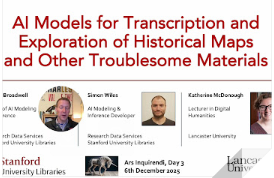 Register to Watch Now ! |
| Damon Wischik (Cambridge), Agentic AI and Homoiconic Coding | 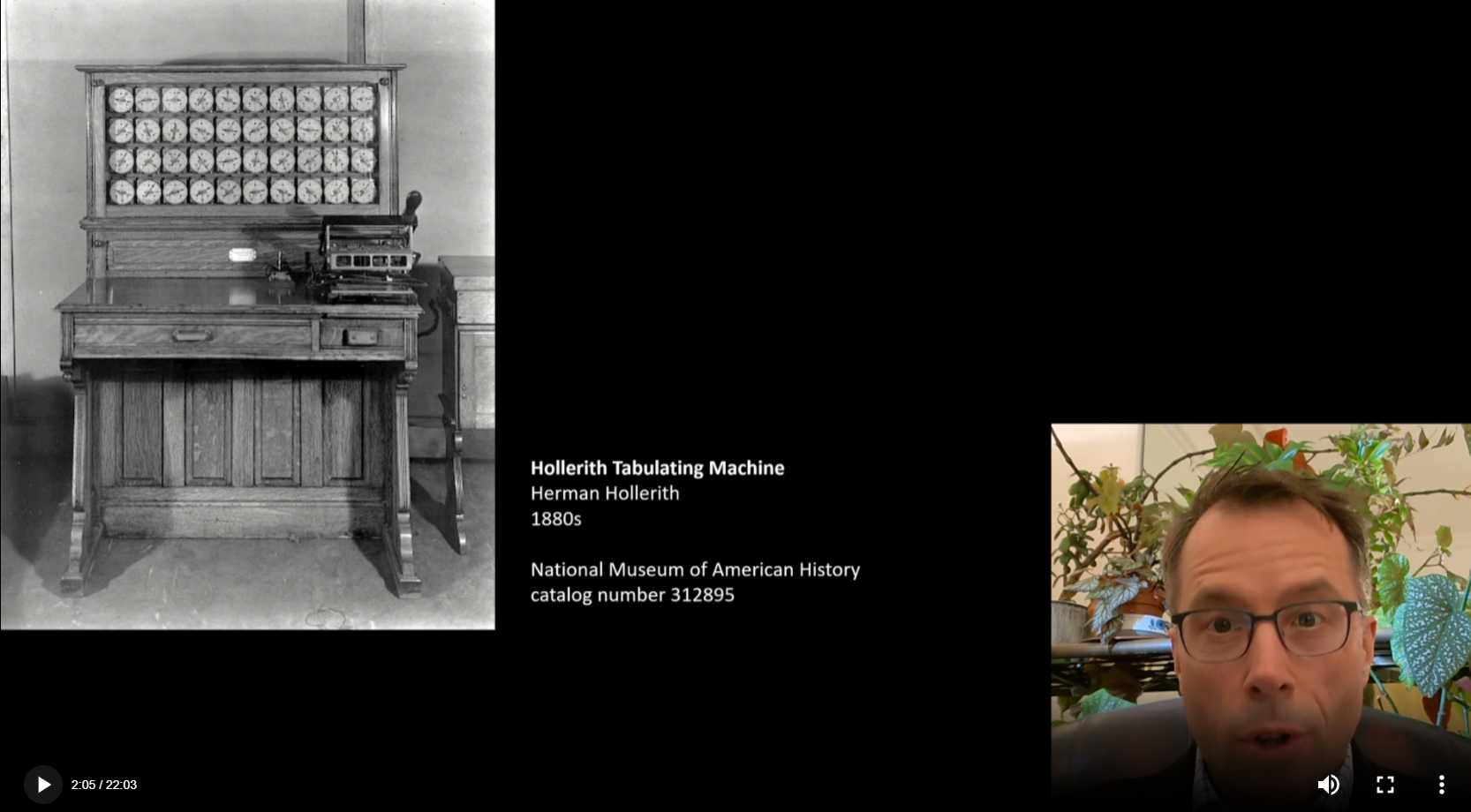 Register to Watch Now ! |
| 4.45pm | Break |
| 5pm-7pm GMT | Roundtable. The Future of Pre-Modern Inference Studies All participants above, with Sarah Bowen Savant (Aga Khan University), Peter B. Kaufman (MIT), Tom Revell (Oxford), Daniele Nardi (Sapienza), Pablo Acosta-García (UAB) |
****
Day 4 (Sunday, 7th December) – Workshops. A hands-on continuation of Day 1’s theme, hybrid online / in-person workshops at St Edmund Hall, Oxford invite all participants to begin building and experimenting directly in their browsers. From promptotyping to map-based AI exploration and automated manuscript transcription, tutors guide attendees through the practicalities of integrating LMMs into their research.
| 1pm GMT Anthony Harris (Cambridge) Using Generative AI for Medieval Studies Research (II)  | In this self-guided hands-on workshop attendees will have an opportunity to try out some of the things discussed by Dr Harris in the Saturday session – ask questions, get feedback on problems with suggested solutions, and look at problem areas such as avoiding hallucinations, keeping research data confidential from the general model, and more advanced prompt engineering. Note, it is very important that delegates attending the session: i. have a paid version of either ChatGPT (EDU is OK but the full version is preferred), Copilot for Office 365, Google Gemini, Claude or Perplexity. ii. should have already logged into one or more of these Generative AI Sessions and have entered the prompt ‘Give me a list of ten rhyming words of three syllables that do not end with Y’. |
| 3.45pm GMT Ben Kiessling (Université Paris Sciences et Lettres) Unpacking Large Language Models: Design, Limitations, and Solutions for Humanities Research | Although LLMs have transformed text analysis, they remain optimised for the modern, leaving the pre-modern underserved. Learn how LLMs are constructed, and how the chosen parameters intersect, and often conflict, with common scholarly practice. The session concludes with practical strategies for overcoming such limitations. |
| End 6.30pm GMT |
The conference is organised in collaboration with Dr Stephen Pink; Prof. Henrike Lähnemann, Oxford Medieval Studies; Dr Anthony John Lappin at the University of Stockholm; and the Plus Ultra Collective—a network of 40+ international scholars advancing intercultural studies and the digital humanities. If you have any further queries, please email us at arsinquirendi@gmail.com
